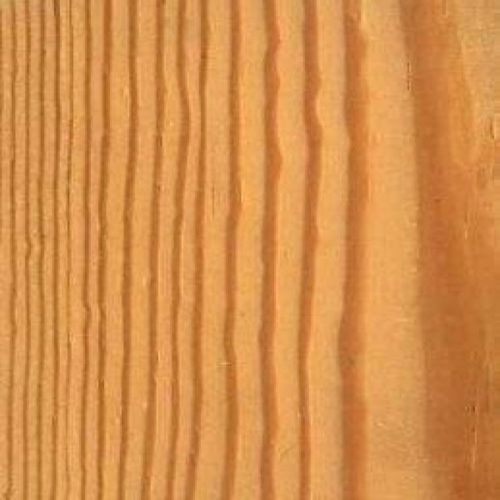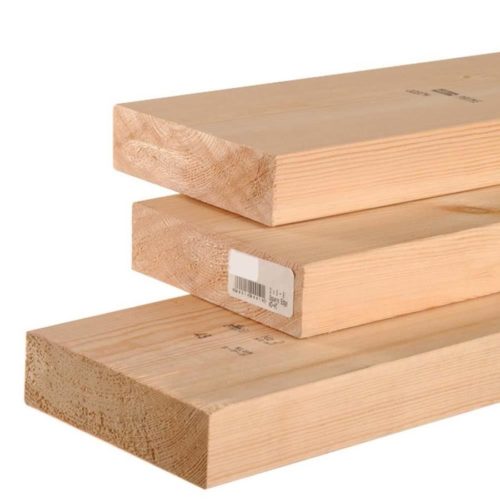-
Pine, a key specie under the softwoods is a Coniferous tree. Coniferous trees are differentiated aesthetically from Hardwoods (Deciduous) in 2 main ways; they produce cones and evergreen needles. While Deciduous trees have leaves which they shed annually. Other key features of Pine (coniferous trees) in comparison to hardwood trees include fast growth, lower density and weight, lighter color, higher sapwood. With about 110 officially recognized Pine species globally, most regions of the world will have their specific type of Pine with some varying characteristics from length, density, diameter amongst other. Some key pine trees in North America include Eastern and Western White Pine, Lodgepole pine, Ponderosa pine. Key South and Central American species include Araucaria Araucana (Chile’ and Argentina), and Araucaria angustifolia (Parana Pine) in Brazil, amongst many others. Scots Pine and Norway Pine make up much of Europe and Scandinavia and Eurasia. Pinus thunbergia or Black Pine is commonly found in Eastern parts of Asia such as Japan and Korea. This list is not exhaustive and covers some of the most availably species for export globally. Working Properties Slower grown pine in the Northern Hemispheres (Russian or Scandinavian) will tend to offer better stability, durability and is generally preferred by carpenters. While working properties of different pine species from different regions will vary, there are some general characteristics that for most pine species. Pine is generally very easy and good with both hand and machine tools. It glues and finishes well. Rot Resistance Pine is rated as moderately durability with the older slower grown trees being more resilient against decay.
-
Scientific Name: Pinus echinata, Slash Pine Pinus ellioti, Pinus palustris, Pinus taeda Naturally grown in the Southeast of the United States, it is a slow growing Pine species that is considerably harder than other Pines. SYP when sold contains 4 species of pine Shortleaf Pine, Slash Pine, and Loblolly Pine. Loblolly pine being the fast growing and most in demand in the recent years. SYP’s is straight with a fine to medium texture. Given its high resin content, it offers a distinct yellowish color. Working Properties The tight growth rings yielded a very strong and dense wood. It works well with both hand and machine tools but nailing can be challenging. It finishes and glues well.
-
A Canadian specification originally, SPF is a mix of Spruce, Pine and Fir growing in different regions of the country. The mix of these 3 species yield high grade timber with somewhat small, sound and tight knots. While SPF grown in East Canada offers better strength, it is the Western grown SPF that is more widely available as it grows much faster. The most common Western species are White spruce, Engelmann spruce, Lodgepole pine and Alpine fir. Working Properties SPF has excellent thermal performance, is extremely dimensional stable especially given the special heat-treatment applied to most grades. It is also highly durable and versatile and has an excellent strength to weight ratio.
-
Spruce is key specie from the coniferous and evergreen softwood species, with about 35 officially recognized Spruce species. Spruce is very similar to Pine trees in appearance with the cones and needles, as well in rough sawn lumber, while having a more white-yellowish color compared to Pine’s more reddish color. Spruce will tend to have fewer and smaller knots than pine. Common species in North America include Black Spruce, Engelmann spruce, Norway spruce, Sitka spruce and Red spruce. Picea abies (Norway spruce) is the most common specie spread across Europe and Eurasia. This list is not exhaustive and summarizes some of the most common and available spruce species for export. Working properties Spruce is very good with both hand and machine tools, and is dimensionally very stable and has excellent strength to weight ratio. It does not paint or finish very well, with Pine being superior in that regard. Rot Resistance It has moderate resistance to decay with the possibility for considerable improvement with chemical preservatives.





Get Social